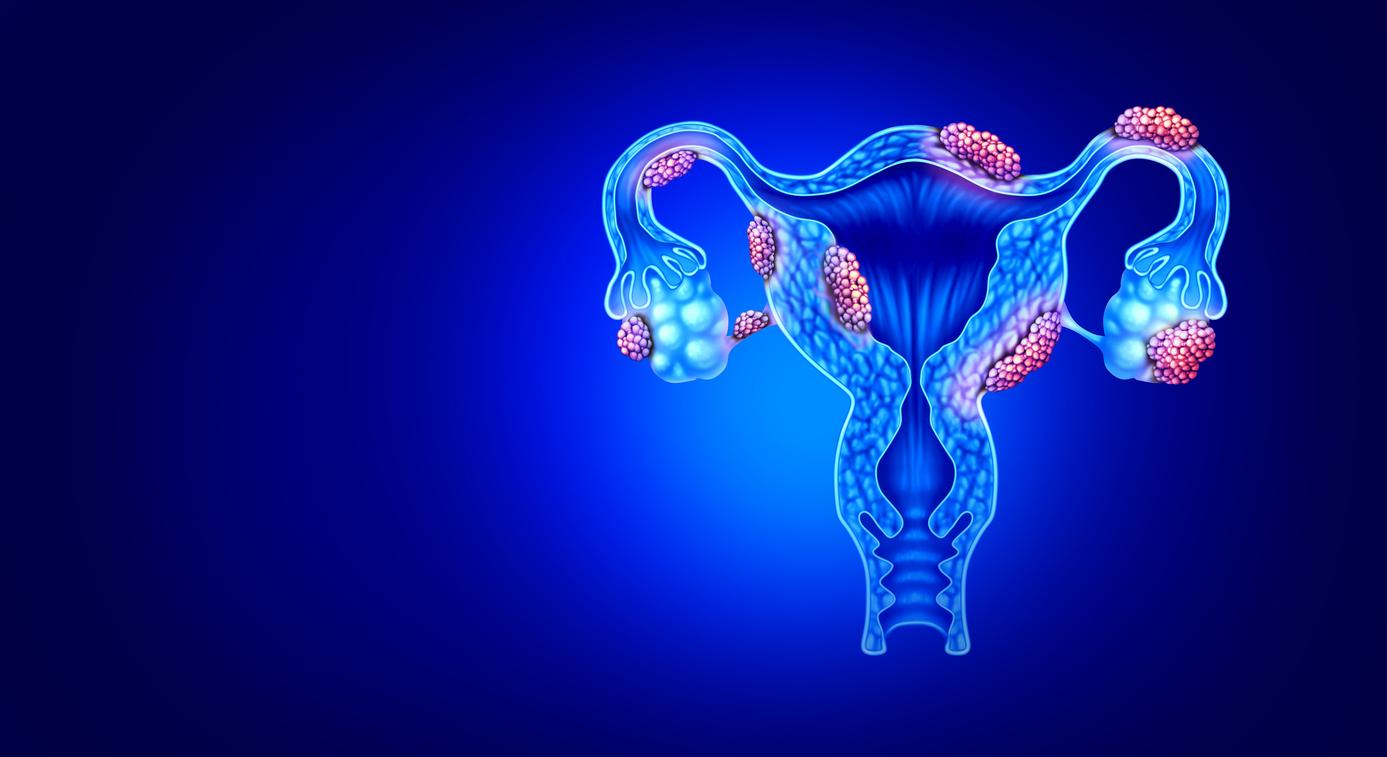The identification of a natural molecule that reduces sensitivity to pain could pave the way for new treatments, according to a study.

- “The identification of a natural molecule that specifically reduces pain sensitivity offers hope for new therapeutic strategies in pain management,” researchers say.
- The molecule in question, called phosphatidic acid, has the particularity of “reducing the activity of certain tactile ion channels in the body.”
- This was confirmed by experiments on mice: the rodents became more sensitive to touch when the formation of phosphatidic acid was inhibited.
It could be a new way to treat pain more effectively. A team of researchers from Rutgers University in the United States has discovered a new way to manage the sensory receptors that control the sense of touch. Their work has been published in the journal Nature Communications.
Phosphatidic acid and sensitivity to touch
“The identification of a natural molecule that specifically reduces pain sensitivity offers hope for new therapeutic strategies in pain management,” explains Professor Tibor Rohacs of Rutgers New Jersey Medical School in a press release. “Our goal is to translate these findings into effective treatments that improve the quality of life of people with chronic pain.”
According to the study, the molecule in question, called phosphatidic acid, has the particularity of “reduce the activity of certain tactile ion channels in the body”. The researchers found that increasing the levels of phosphatidic acid in cells made them less sensitive to touch. This was confirmed by experiments on sensory neurons and tests on mice: the rodents became more sensitive to touch when the formation of phosphatidic acid was inhibited.

Developing more effective treatments for chronic pain
This discovery adds, according to scientists, to “a growing body of evidence suggests that lipids are key regulators of the somatosensory system”which refers to the body’s ability to perceive sensations such as touch, temperature, and pain.
“By targeting the natural pathways that regulate these channels, we could develop more targeted and effective treatments that would be particularly useful for conditions involving inflammatory pain, for which existing solutions are often inadequate.”conclude the authors of the study.

















